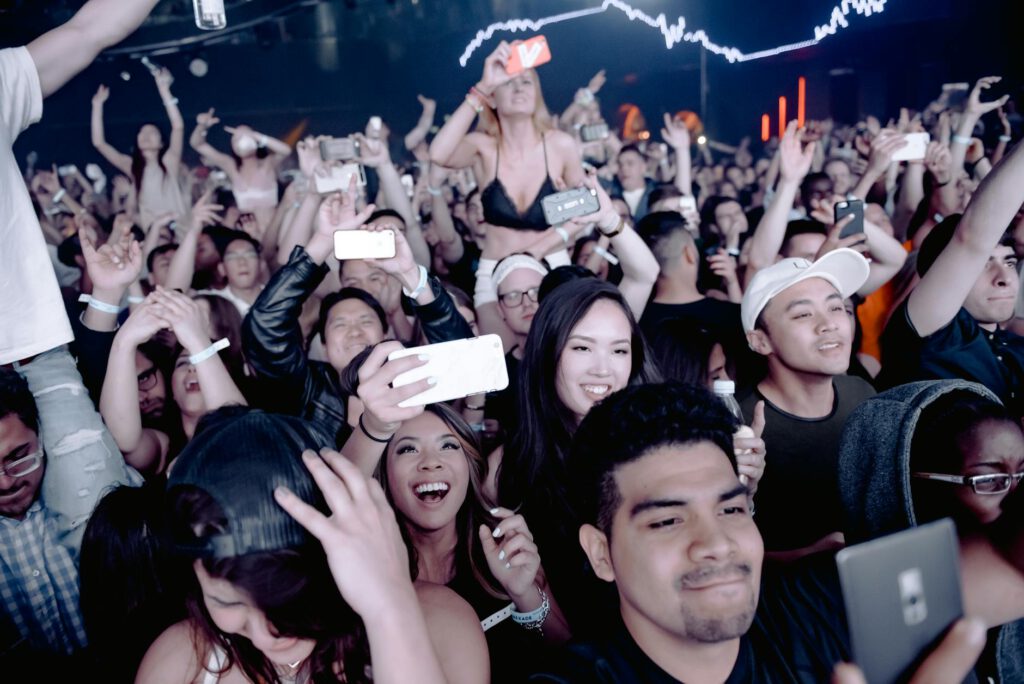Introduction
In an era dominated by screens and constant connectivity, professionals are increasingly experiencing burnout, anxiety, and digital fatigue. The relentless pings of notifications, endless emails, and social media scrolling leave little room for genuine relaxation. Enter Analog Nights—a growing movement where professionals disconnect from their devices and reconnect with real-world experiences.
Hosting an Analog Night is more than just a break from technology; it’s a deliberate step toward mindfulness, creativity, and human connection. This article explores why Analog Nights are essential for burned-out professionals, how to organize one successfully, and the tangible benefits of unplugging—even if just for a few hours.
The Case for Analog Nights
The average professional spends over 10 hours a day staring at screens, leading to mental exhaustion, reduced productivity, and strained personal relationships. Studies show that excessive screen time disrupts sleep, increases stress, and diminishes focus. Analog Nights counter this by creating a space where attendees engage in meaningful, screen-free activities—board games, live music, storytelling, or simply deep conversations.
By removing digital distractions, participants often report:
– Improved mental clarity
– Stronger interpersonal connections
– Renewed creativity
– Reduced stress levels
For burned-out professionals, an Analog Night isn’t just a novelty—it’s a necessity.
How to Host an Analog Night
1. Define the Purpose and Format
Before planning, decide what you want attendees to gain from the event. Is it relaxation? Networking? Creative inspiration? Common formats include:
– Discussion Circles: Guided conversations on topics like work-life balance or personal growth.
– Creative Workshops: Writing, sketching, or crafting sessions.
– Game Nights: Board games, card games, or puzzles.
– Live Performances: Acoustic music, poetry readings, or improv comedy.
Example: A marketing agency hosts a monthly Analog Night where employees bring handwritten letters to read aloud, fostering vulnerability and team bonding.
2. Choose the Right Venue
The location sets the tone. Opt for cozy, intimate spaces that encourage interaction:
– Coffee shops with private rooms
– Bookstores or libraries
– Rooftop gardens or outdoor patios
– Co-working spaces after hours
Ensure the venue has minimal digital distractions—no TVs or loud background music.
3. Set Clear “No Phones” Rules
Communicate expectations upfront:
– Phone Check-In: Provide a decorative box or locked pouch (like those from Yondr) for storing devices.
– Analog Alternatives: Offer notebooks, pens, or Polaroid cameras for capturing moments.
– Gentle Enforcement: Designate a host to kindly remind guests if they slip up.
Pro Tip: Start with a short digital detox exercise, like a guided meditation, to ease attendees into the analog mindset.
4. Curate Engaging Activities
The key to a successful Analog Night is keeping participants immersed. Consider:
– Storytelling Sessions: Invite guests to share personal or professional stories.
– Collaborative Art: A communal mural or group poem.
– Speed Networking (Analog Style): Use conversation cards instead of LinkedIn profiles.
Example: A tech startup hosts a “Build the Worst Product” workshop where teams sketch absurd inventions using only paper and markers—sparking laughter and creativity.
5. Foster Meaningful Connections
Without phones, conversations flow more naturally. Encourage interaction with:
– Name Tags with Fun Facts: Instead of job titles, use prompts like “Ask me about my weirdest hobby.”
– Discussion Starters: Place thought-provoking questions on tables.
– Group Challenges: A riddle-solving competition or team-based trivia.
Tools and Resources
To streamline your event, consider these tools:
– Yondr Pouches: Lockable phone cases for enforced digital detox.
– Moleskine Notebooks: For journaling or brainstorming.
– Conversation Cards: Like The Hygge Game for icebreakers.
– Local Performers: Reach out to musicians or poets for live entertainment.
FAQs
Q: What if someone needs their phone for emergencies?
A: Designate a “phone zone” in a separate area for urgent calls, but discourage casual use.
Q: How long should an Analog Night last?
A: 2–3 hours is ideal—long enough to unwind but short enough to avoid fatigue.
Q: How do I market an Analog Night to busy professionals?
A: Highlight the benefits: “Recharge without screens,” “Meet people IRL,” or “Boost creativity offline.”
Q: What if attendees resist the no-phone rule?
A: Start with optional phone-free periods and gradually increase the duration as guests see the benefits.
Conclusion
Analog Nights offer a powerful antidote to digital burnout—a chance to slow down, engage authentically, and rediscover the joy of real-world interactions. For professionals drowning in notifications, these events aren’t just a break; they’re a reset.
By hosting an Analog Night, you’re not only combating screen fatigue but also fostering a community where presence matters more than pixels. So, put down the phone, pick up a pen, and start planning your first Analog Night. The offline world is waiting.

